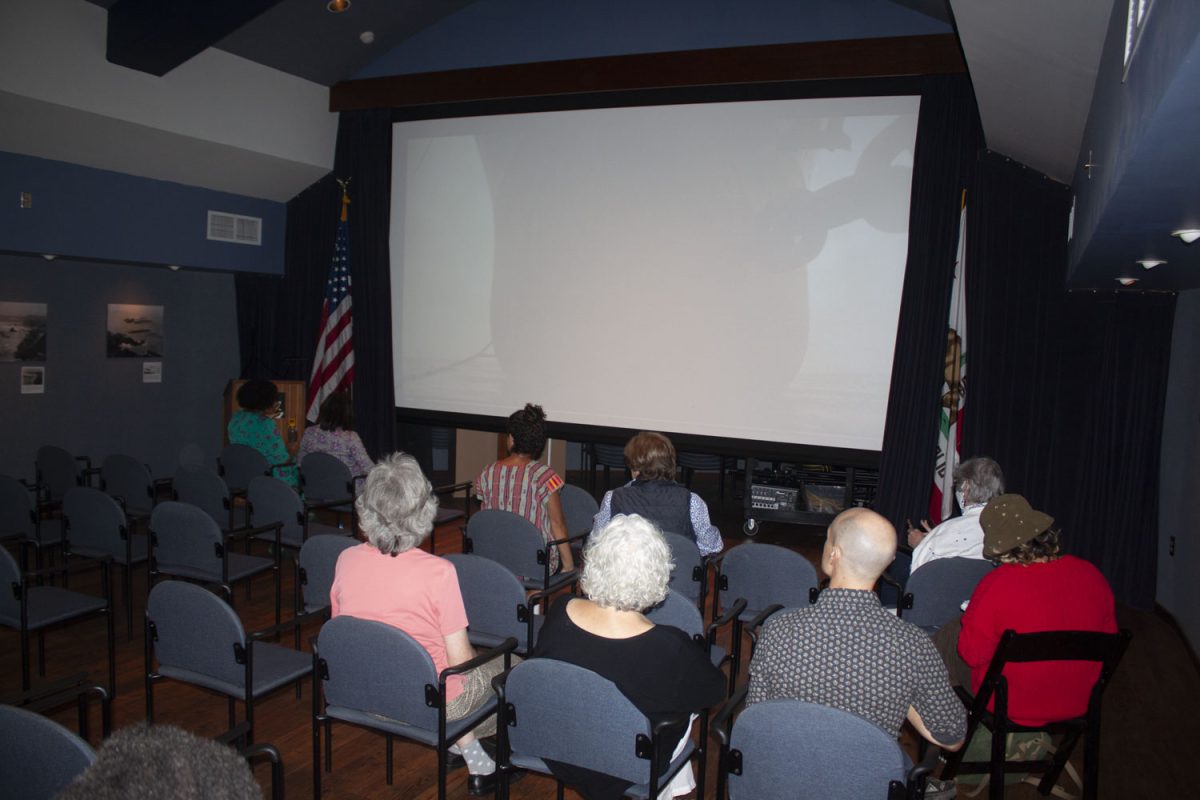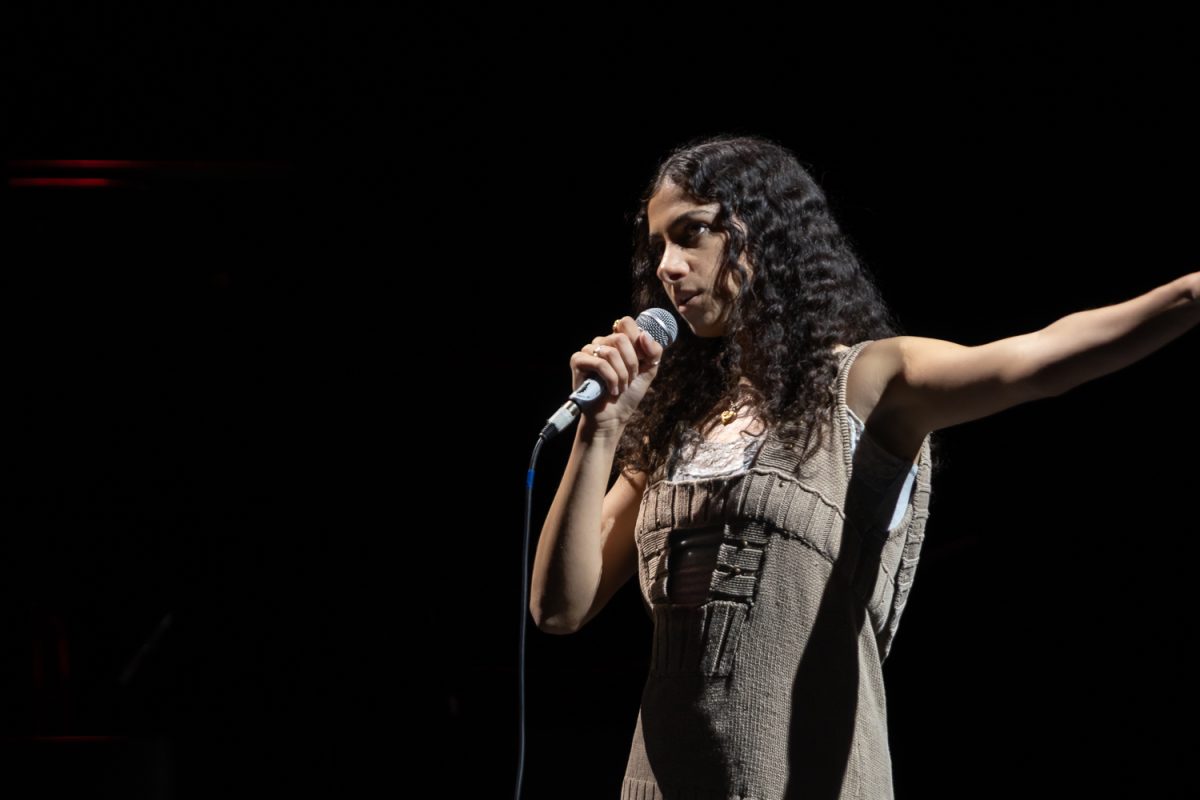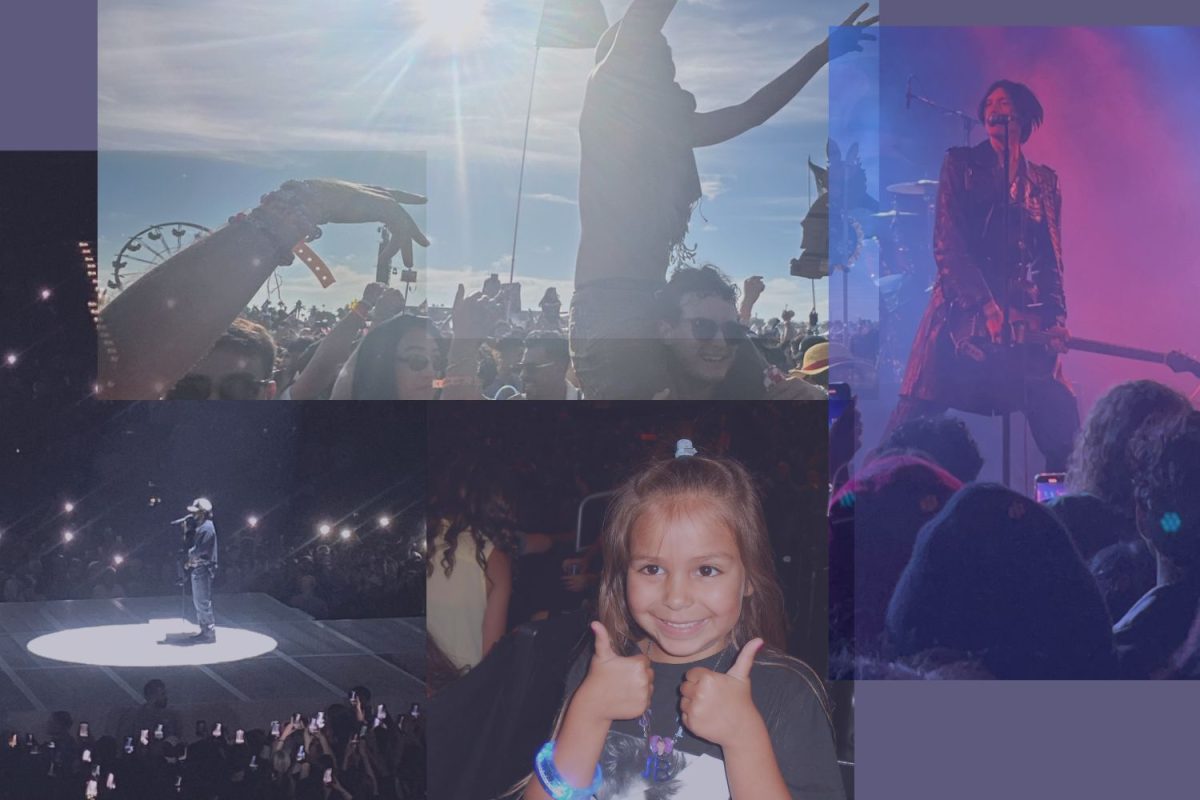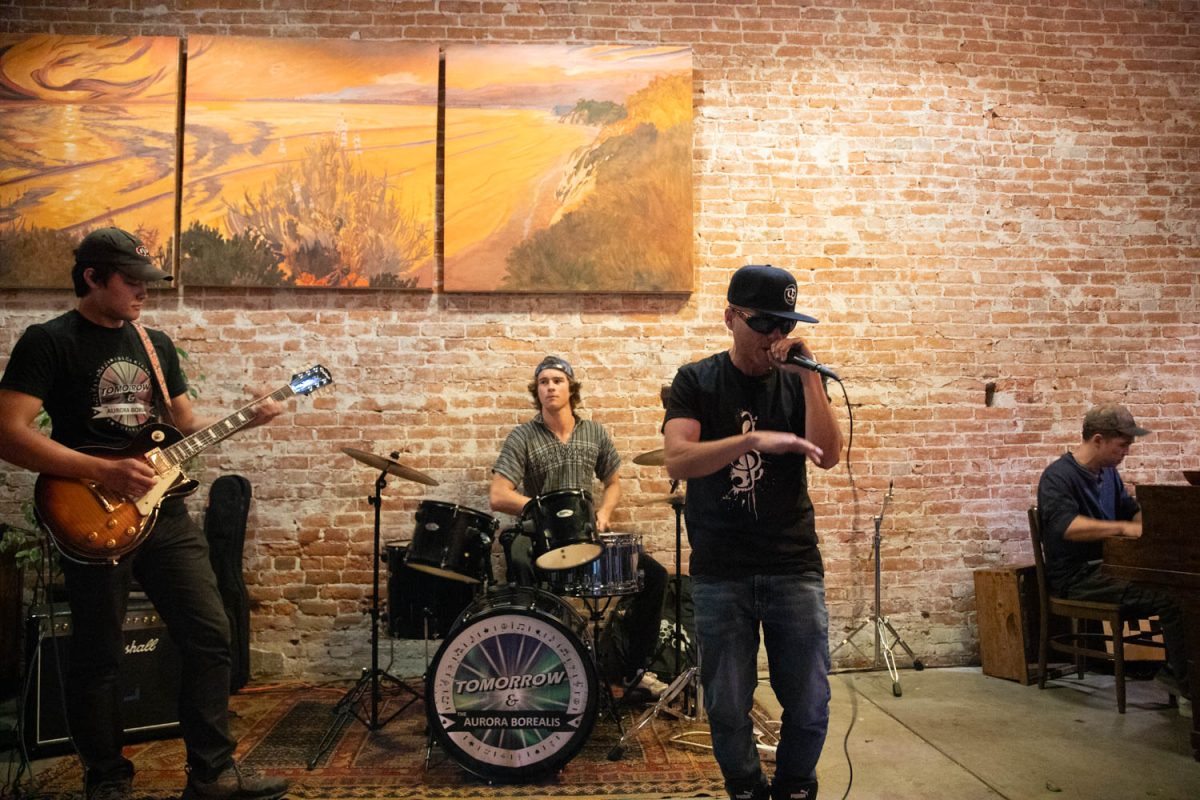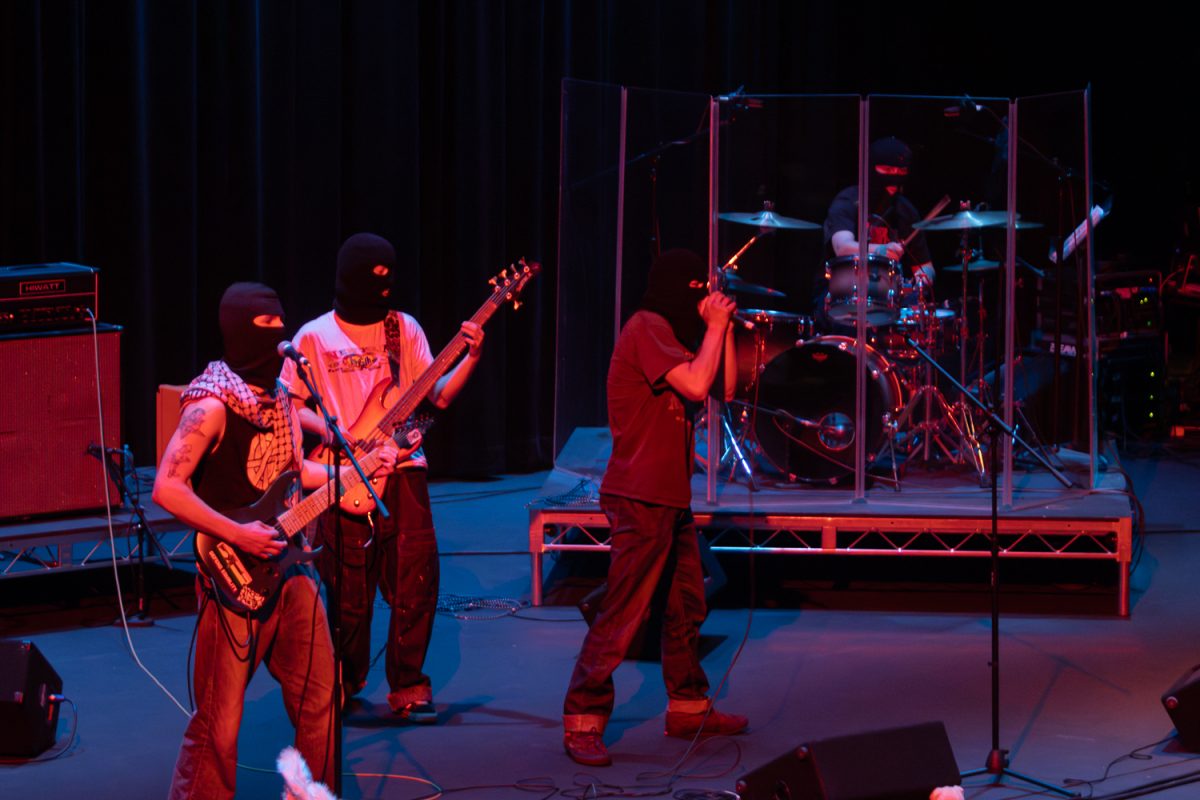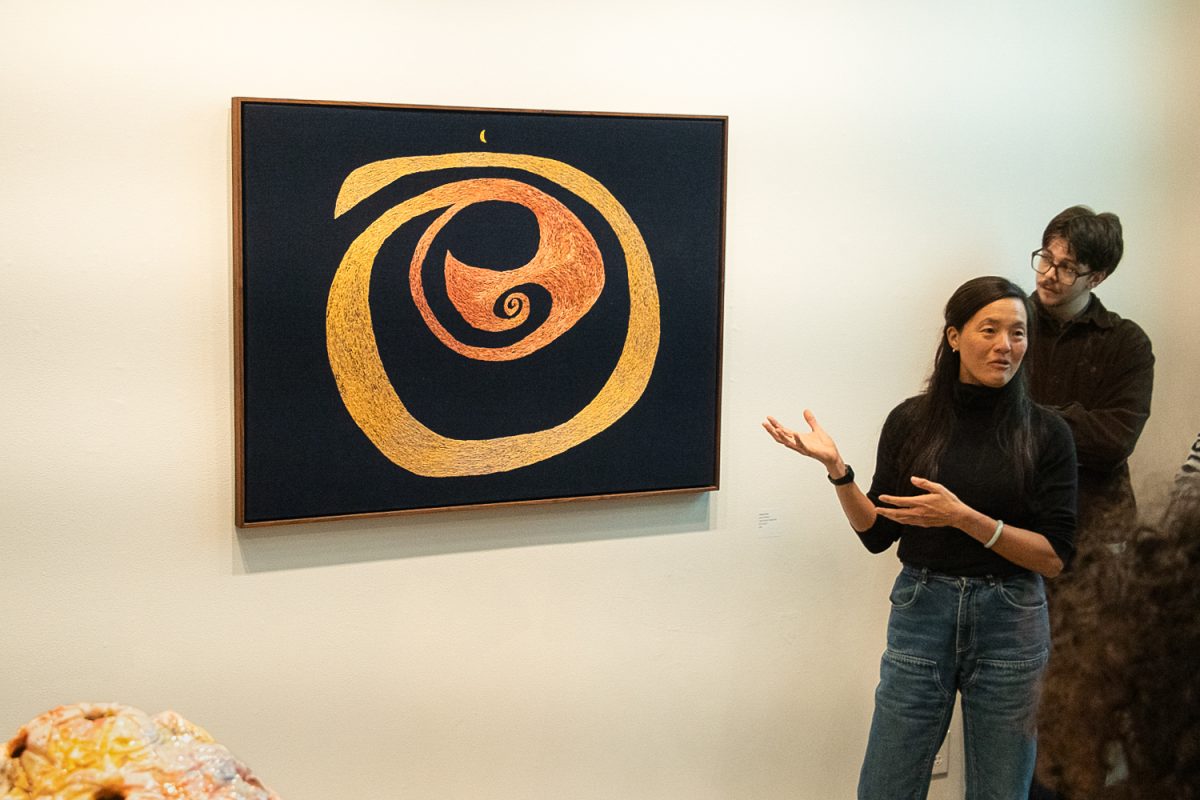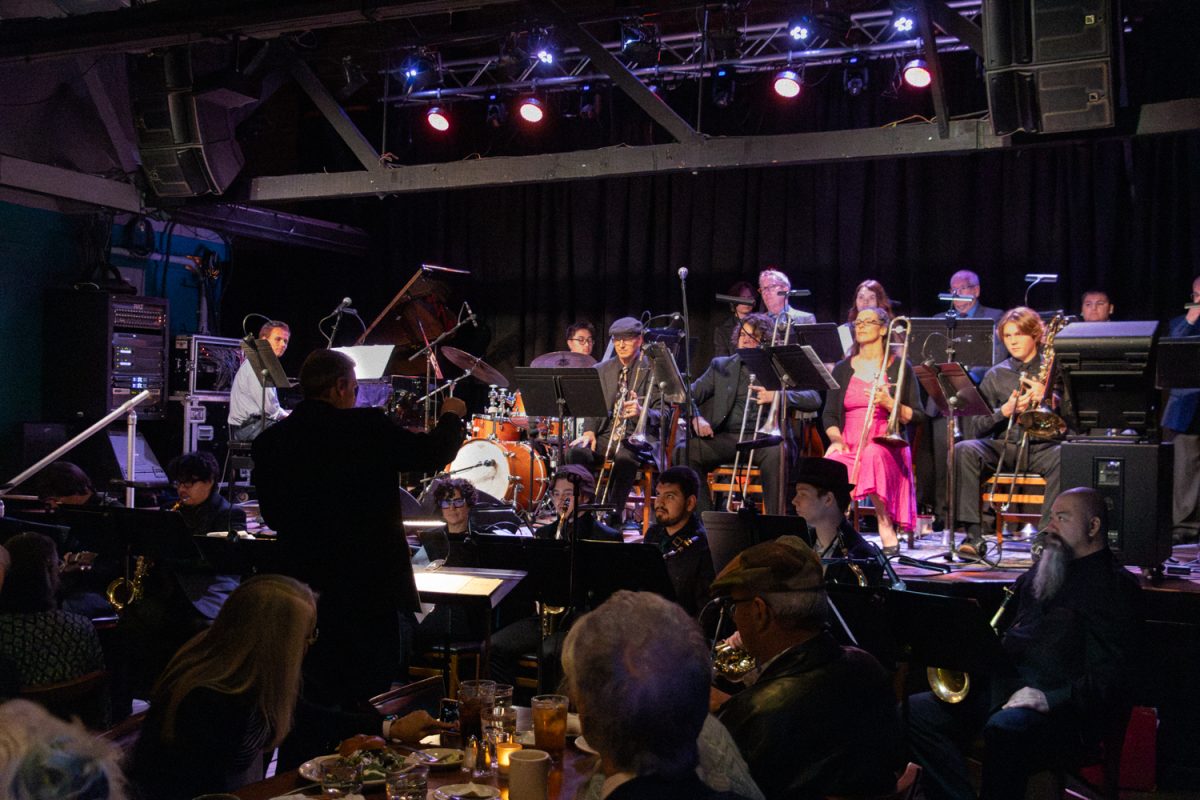On Saturday Sep. 19 two UCSB professors, Mae Miller-Likhethe and Charmaine Chua, presented two amazing films on labor and commerce at the Santa Barbara Maritime Museum.
The first film,“Cargo,” was filmed from the perspective of a woman on a ship hiding from a soldier at the ports as she hears stories from the sailors about how they haven’t been paid in months and most of them don’t get to see their family for years.
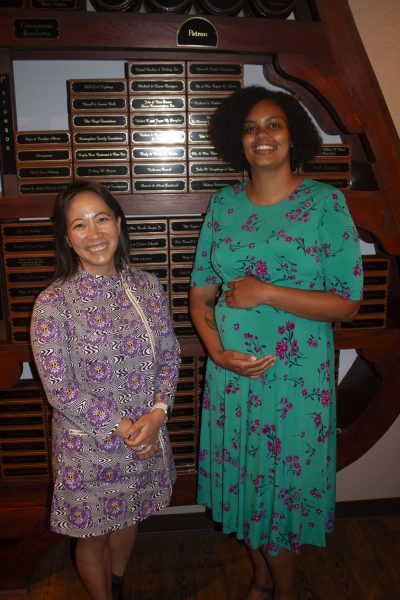
The quality of the film is low and seems to be filmed from a distance and shows the sailors as blurry images. It made me feel like I never knew where I was going and when I was going to get there. I never got to see the woman behind the camera; I just heard her voice.
The second film, “All That Perishes at The Edge Of Land,” was a documentary giving true stories, but had the same message as the first film. One key detail to note was that it was filmed in Pakistan and was spoken in Urdu.
They showed faces and names of the sailors to make the watcher feel more personally connected to the sailors. While watching the movie, I got to hear the hardships the sailors experienced from working on these ships while being paid below minimum wage.
Some parts of the film were filmed from the perspective of the boat itself, as if the boat was giving its experience alongside the sailors.
I had mixed views on each of the films. I felt the first film was more mysterious, and lured the watcher to see in a perspective where you get to hear the stories about the sailors from the narrator’s perspective, but you truly never know what’s happening due to the cuts and angles of the camera and style of filming. It left me confused about the story.
Furthermore, it left me with many questions. What was on the boat? How did the woman get on the boat? How was she allowed to be on the boat? How did it feel being the only woman on the boat as she stated?
The second film was much better at making the watcher understand what was happening. You get honest, truthful stories from the sailors’ perspectives.
Being South Asian, the language spoken in the film hit me close to home. Hearing Urdu being used in the movie makes me understand the stories more clearly and relate to sailors, creating a sense of sympathy and compassion for them.
As a native speaker, I found the style of Urdu that was spoken in the film from the perspective of the boat to be very poetic and eloquent. I felt the second film was more moving than the first because of the style it was shot in. I felt a very close relationship with the sailors. The human reality in the second film made me understand their struggles more.


